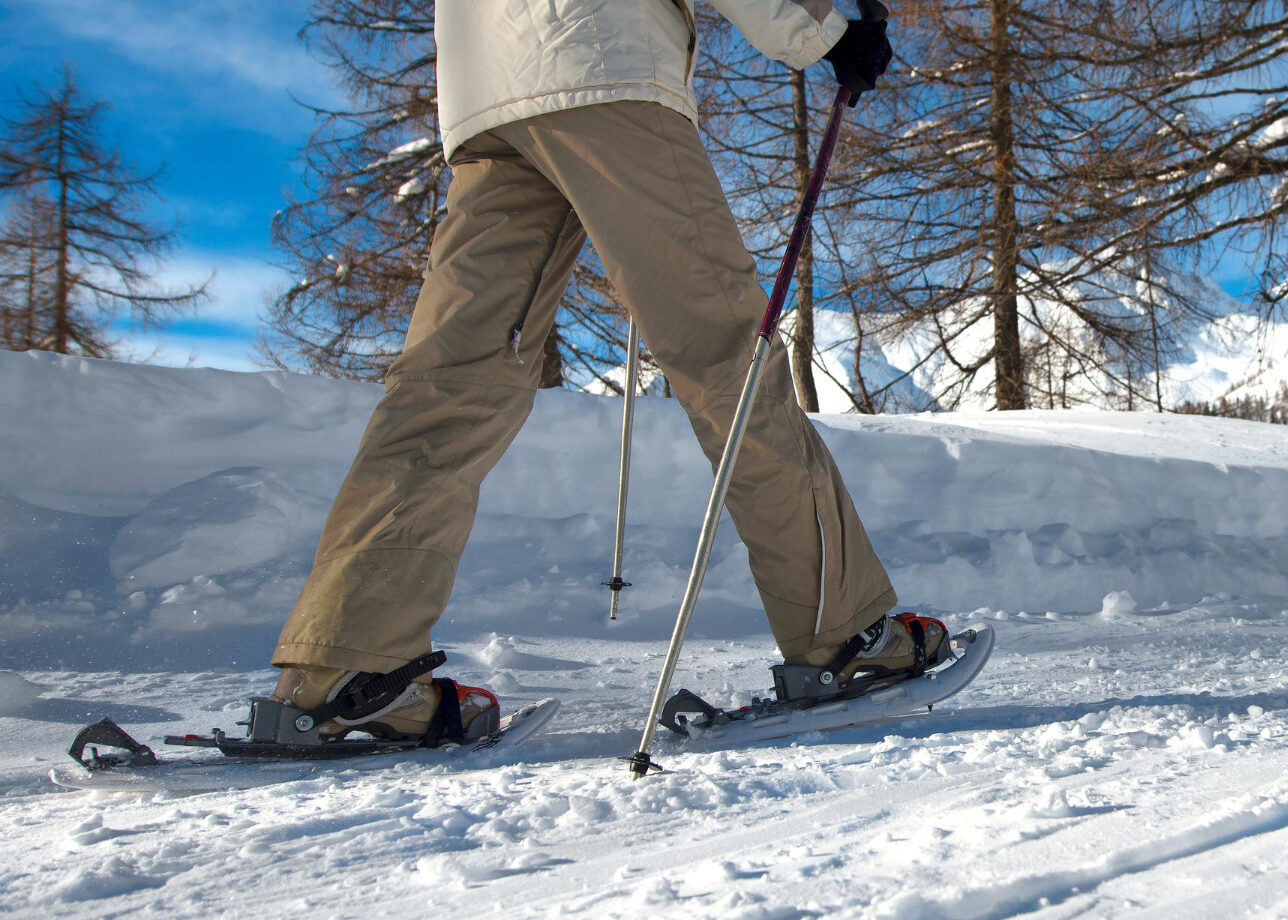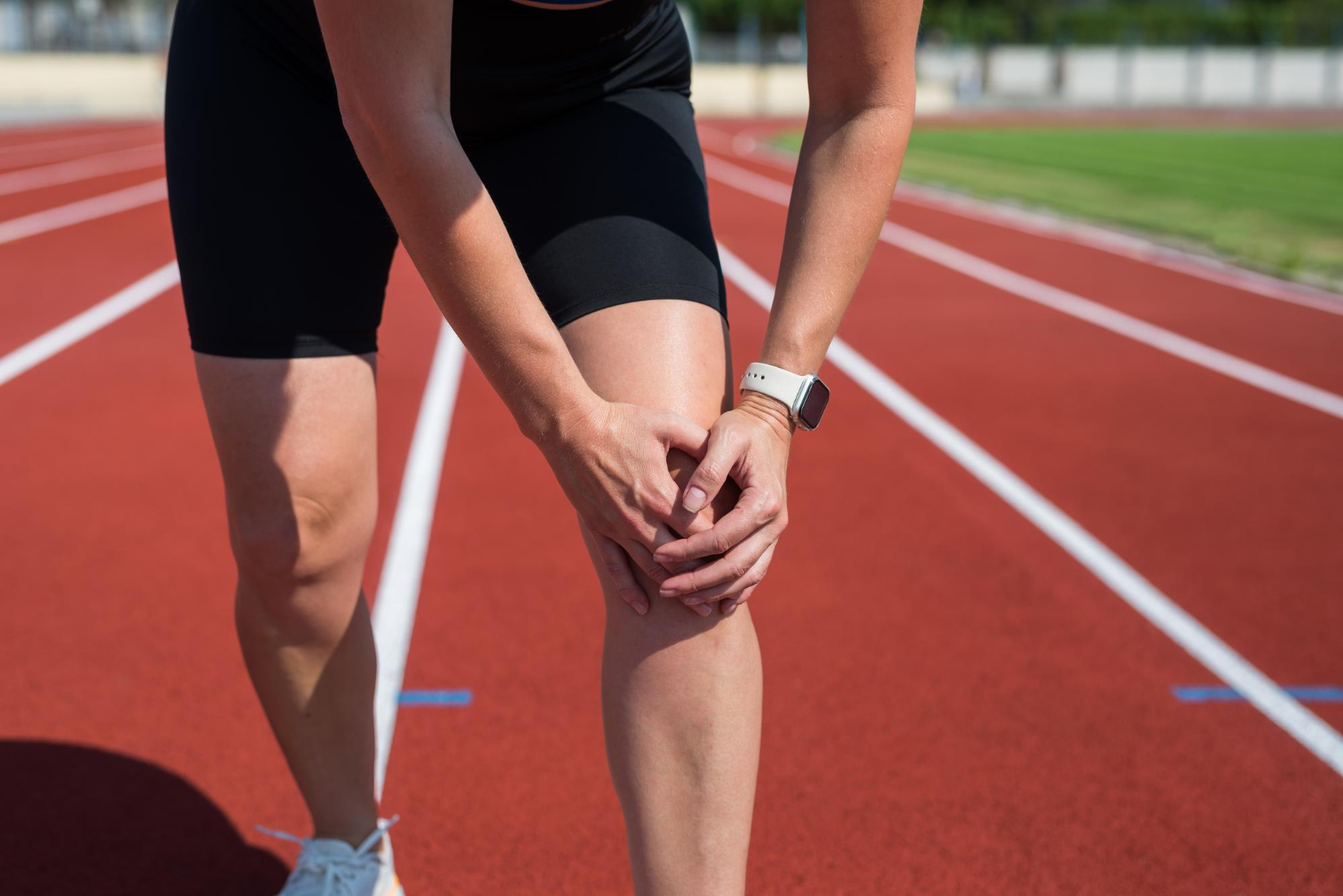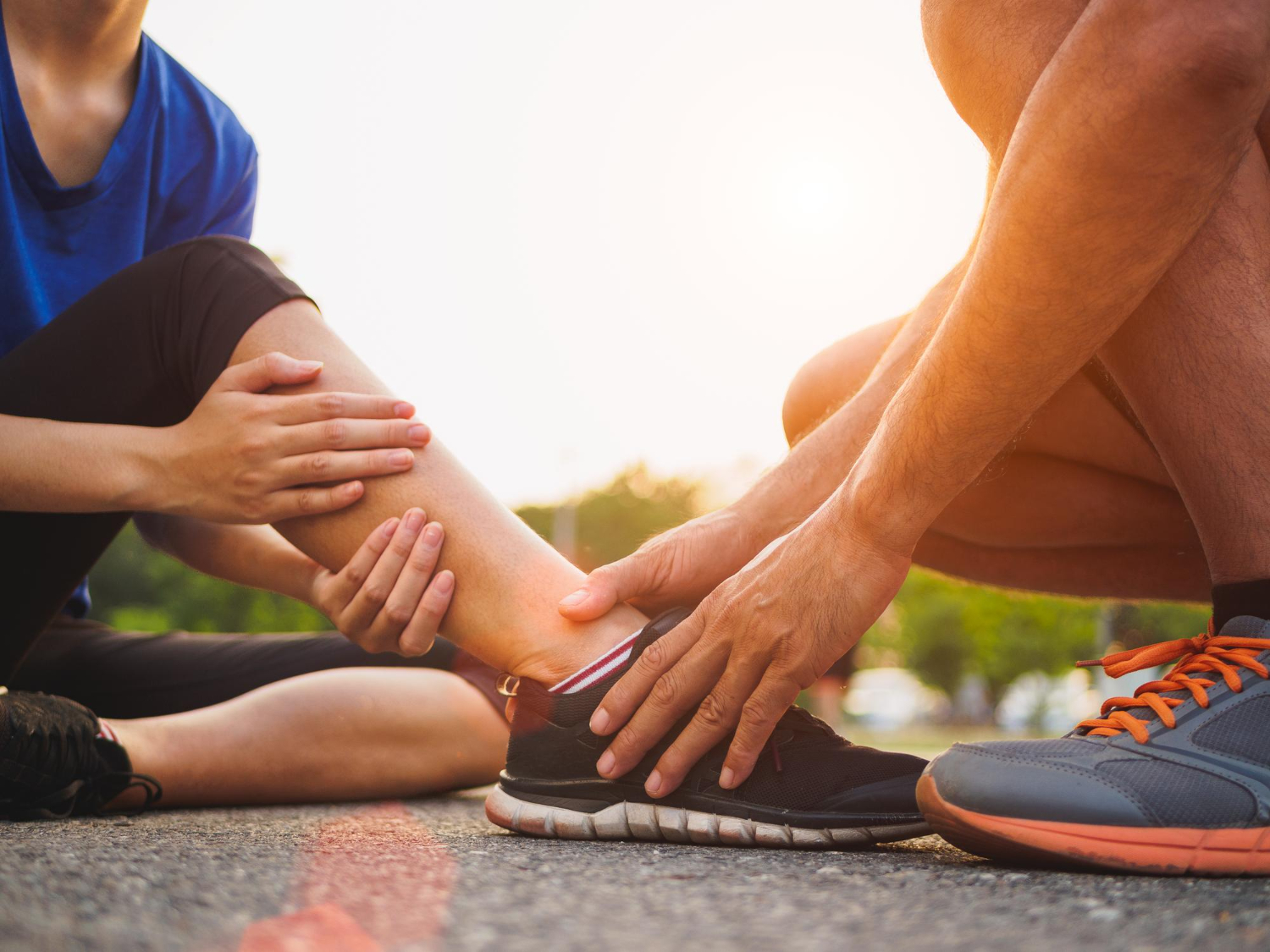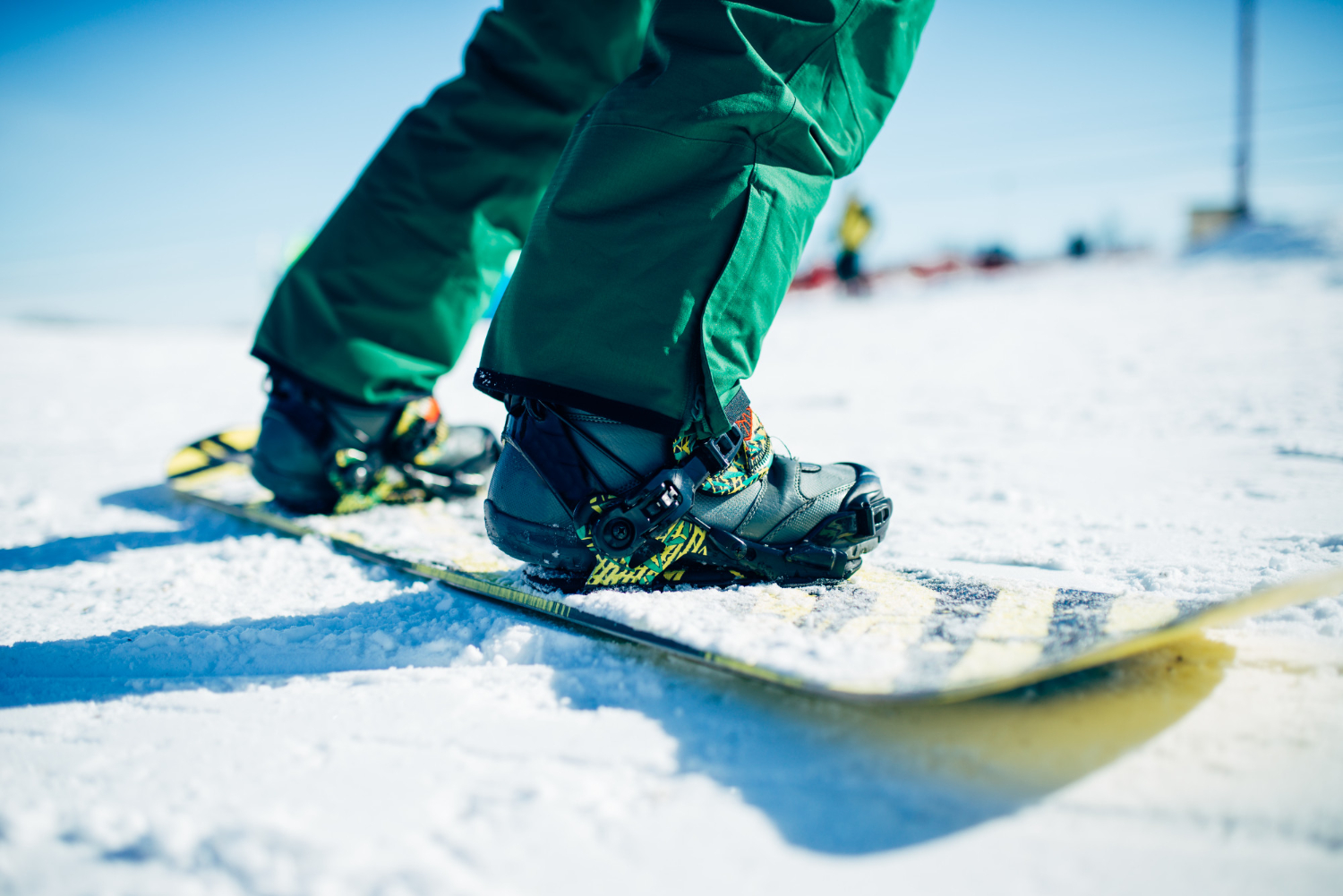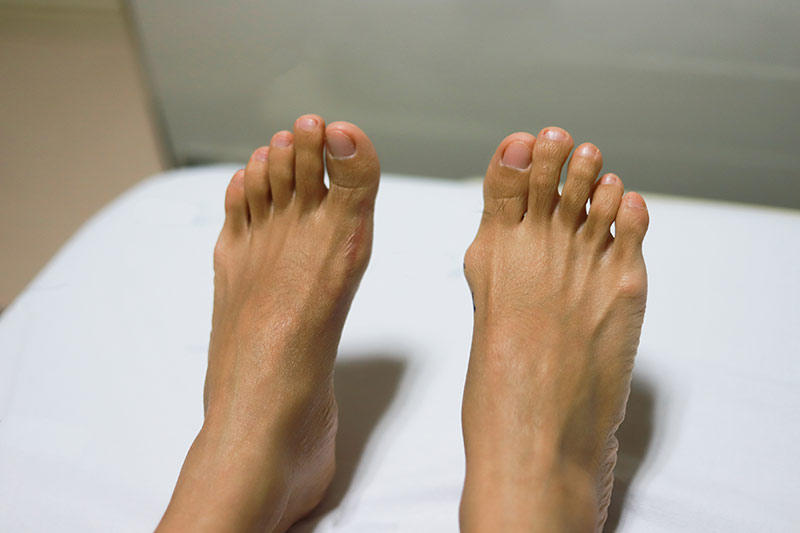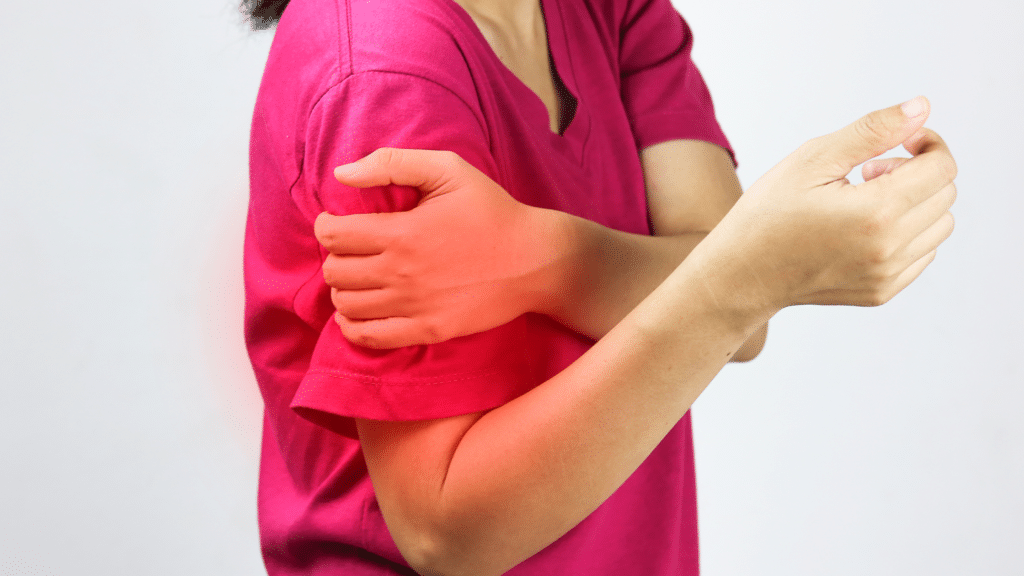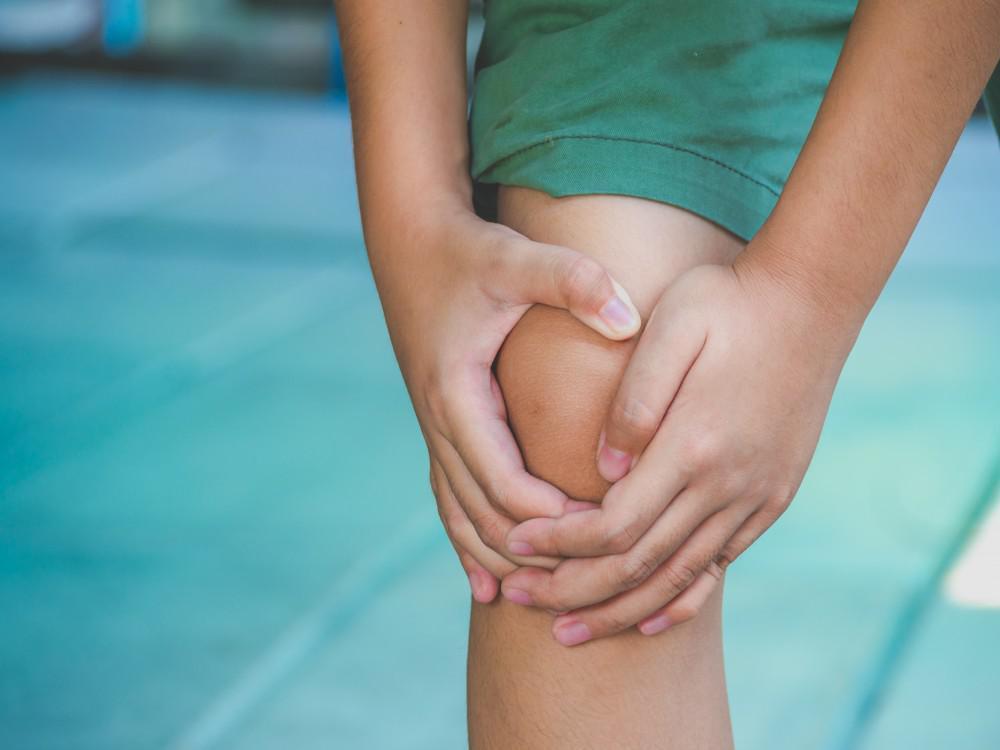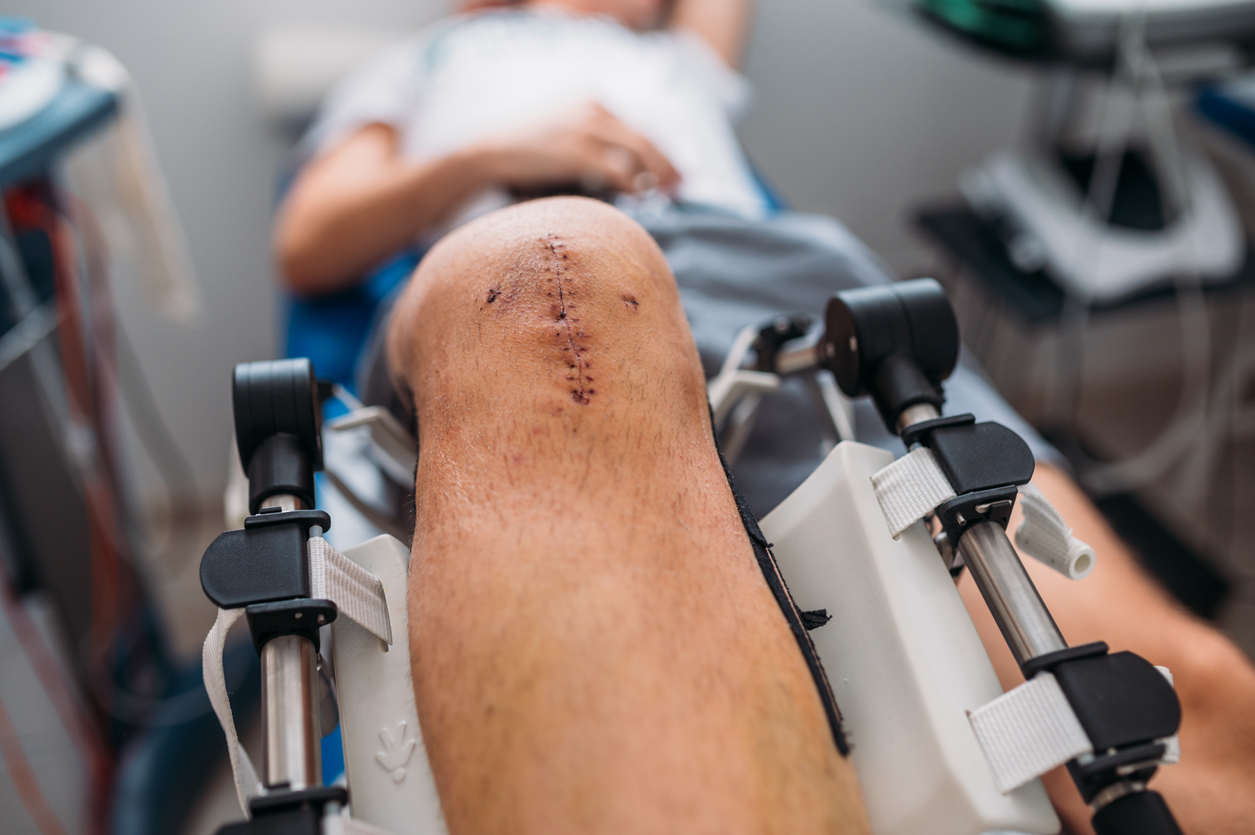Bunions are more than just a cosmetic concern. For active individuals, this common foot condition can quietly interfere with movement and increase the risk of sports-related injuries. Understanding how bunions affect the body can help reduce strain on other joints and support long-term mobility and performance.
What Is a Bunion?
A bunion (hallux valgus) is a bony bump that forms at the base of the big toe when the joint becomes misaligned. This shift causes the big toe to angle towards the second toe, gradually changing the shape and function of the foot. Over time, this may lead to inflammation, discomfort, and difficulty wearing certain types of footwear.
Bunions can result from inherited foot structure, repetitive stress, or footwear that crowds the toes. Although commonly seen in women, they can affect anyone, particularly those who are on their feet often or engage in physical activities that place repeated pressure on the forefoot.
How Foot Mechanics Influence Sports Injuries
The feet play a central role in supporting balance, alignment, and movement. When the structure of the foot is altered, the rest of the body often compensates. In individuals with bunions, this compensation can affect walking and running patterns in ways that increase the risk of injury.
1. Altered Posture and Balance
Even subtle changes in foot alignment can affect overall posture and coordination. This may lead to falls or poor movement patterns, which can contribute to chronic discomfort or acute injuries in the lower limbs.
2. Secondary Foot Conditions
When the big toe loses function, other parts of the foot, such as the second toe or the arch, may absorb more pressure. This can result in conditions like metatarsalgia (pain in the ball of the foot), calluses, or plantar fasciitis, all of which may further impact athletic performance.
Why This Matters for Active Individuals
For those who enjoy recreational or competitive sports, bunions can reduce performance and raise the likelihood of sports injury, even before symptoms become obvious. Some individuals adjust their movement unconsciously to avoid discomfort, which can shift the strain to other parts of the body.
If left unaddressed, these compensations may lead to a cycle of recurring injuries or delayed recovery. Recognising the impact of bunions on the broader musculoskeletal system is key to protecting joint health and maintaining an active lifestyle.
When to Seek a Professional Opinion
It may be time to consult a healthcare professional if you experience:
- Ongoing foot pain during or after exercise
- Redness or swelling at the base of the big toe
- Difficulty finding sports shoes that fit comfortably
- Recurrent ankle sprains or joint discomfort in the knees or hips
Early intervention can help identify contributing factors and reduce the risk of further strain. Treatment options may include customised footwear, activity modification, physiotherapy, or, in some cases, surgical correction.
Supporting Joint Health with the Right Steps
To continue staying active with bunions, consider the following strategies:
- Wear shoes with adequate support and a wide toe box
- Use insoles or orthotic devices to improve foot mechanics
- Include stretching and strengthening exercises for the lower limbs
- Be mindful of your movement patterns during physical activity
- Listen to your body and address discomfort early
Concerned about how bunions may be affecting your mobility?
The team at The Orthopaedic Practice and Surgery (TOPS) is here to help. Our specialists are experienced in managing foot and ankle conditions and can work with you to reduce discomfort, restore function, and prevent injury.
Call us at +65 6322 6346 or WhatsApp us at +65 8218 5638 to book an appointment.


